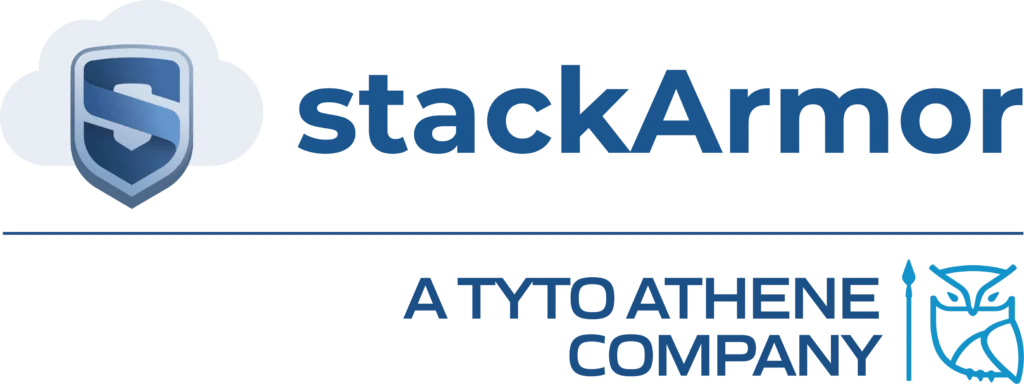Looking Forward to the GovForward FedRAMP Headliner Summit
What’s the cloud hanging over cloud service providers’ heads? The rapidly evolving threat landscape. It’s challenging to keep up with the pace and scale of risk, which is especially true when you are working with clients as essential as federal government agencies. Therefore, it’s critical to not only maintain cyber hygiene, but to anticipate what’s lurking. One key way to help reach those goals is to band together with other cybersecurity experts to exchange ideas, discuss the topics impacting everyday tasks, explore solutions, and brainstorm on what’s ahead. Cue the GovForward FedRAMP Headliner Summit presented by GovExec. GovForward FedRAMP Headliner Summit On August 23, leaders across the cybersecurity, cloud technology, government, and military fields will descend on the Waldorf Astoria in Washington, D.C. for conversations ranging from the need to better protect critical infrastructure to the state of cloud adoption. The main overarching theme, though, will be examining the impact
